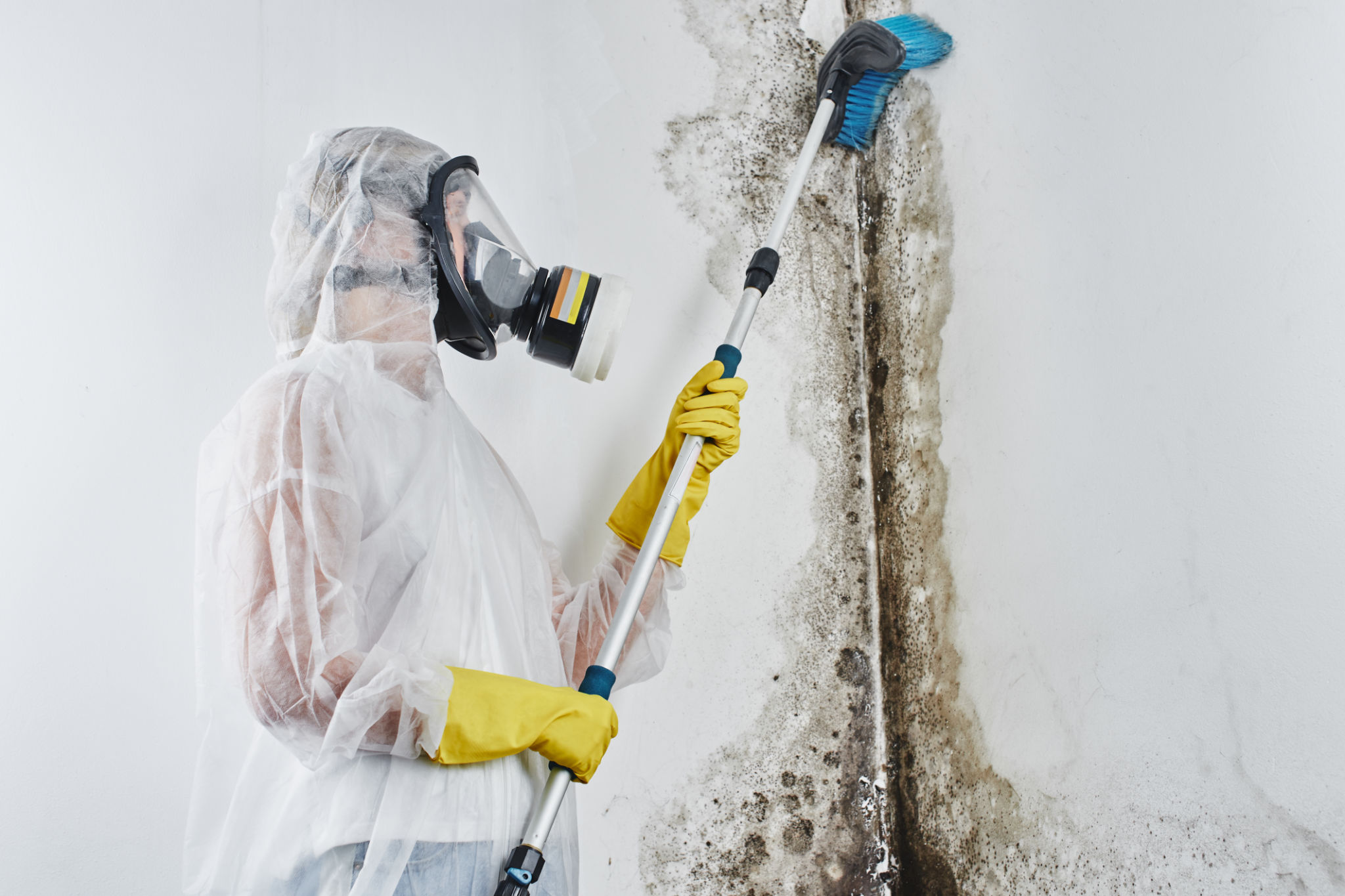Mold Removal Myths: What Really Works?
Understanding Mold: Debunking Common Myths
Mold growth in homes is a concern for many homeowners, but misconceptions about mold removal can sometimes lead to ineffective or even harmful practices. It's important to separate fact from fiction to ensure that any mold issues are handled properly. Let's explore some common myths and discover what truly works when it comes to mold removal.

Myth 1: Bleach Kills Mold Completely
One of the most prevalent myths is that bleach is an effective solution for removing mold. While bleach may remove surface mold and discoloration, it does not kill mold spores that penetrate porous materials like wood or drywall. In fact, using bleach can sometimes exacerbate the problem by providing moisture that mold needs to thrive. Instead, consider using a fungicide specifically designed for mold remediation.
Myth 2: Mold Remediation Is a DIY Job
Although some minor cases of mold can be tackled by homeowners, extensive mold infestations often require professional intervention. Certified mold remediation experts have the necessary tools and expertise to safely remove mold and prevent its return. Attempting to handle large-scale mold removal on your own can lead to incomplete cleanup and potential health risks.

The Importance of Professional Mold Removal
Professional mold removal services offer comprehensive solutions that go beyond simply cleaning visible mold. They identify the source of moisture contributing to mold growth, repair any damage, and implement preventive measures to keep your home mold-free. This thorough approach ensures long-term success in managing mold issues.
Myth 3: Mold Is Harmless
Another dangerous misconception is that mold poses no health risks. In reality, exposure to mold can trigger a range of health problems, including respiratory issues, allergies, and skin irritation. Certain types of mold, such as black mold, are particularly hazardous and require immediate attention. It’s crucial to address mold problems promptly to protect your well-being.

Effective Strategies for Mold Prevention
Prevention is always better than cure when it comes to mold. To minimize the risk of mold growth in your home, ensure proper ventilation, reduce humidity levels with dehumidifiers, and fix leaks promptly. Regularly checking areas prone to moisture, such as bathrooms and basements, can help detect early signs of mold before it becomes a significant issue.
Myth 4: New Homes Are Immune to Mold
Newly constructed homes can also fall victim to mold problems if moisture control is not adequately managed. Construction materials may trap moisture, creating prime conditions for mold growth. It's essential for both new and older homes to maintain vigilance against potential mold issues by keeping an eye on humidity levels and ensuring proper ventilation.
In conclusion, understanding the realities of mold removal is key to effectively managing and preventing mold problems in your home. By dispelling these common myths and relying on professional guidance where necessary, you can protect your home and health from the adverse effects of mold.